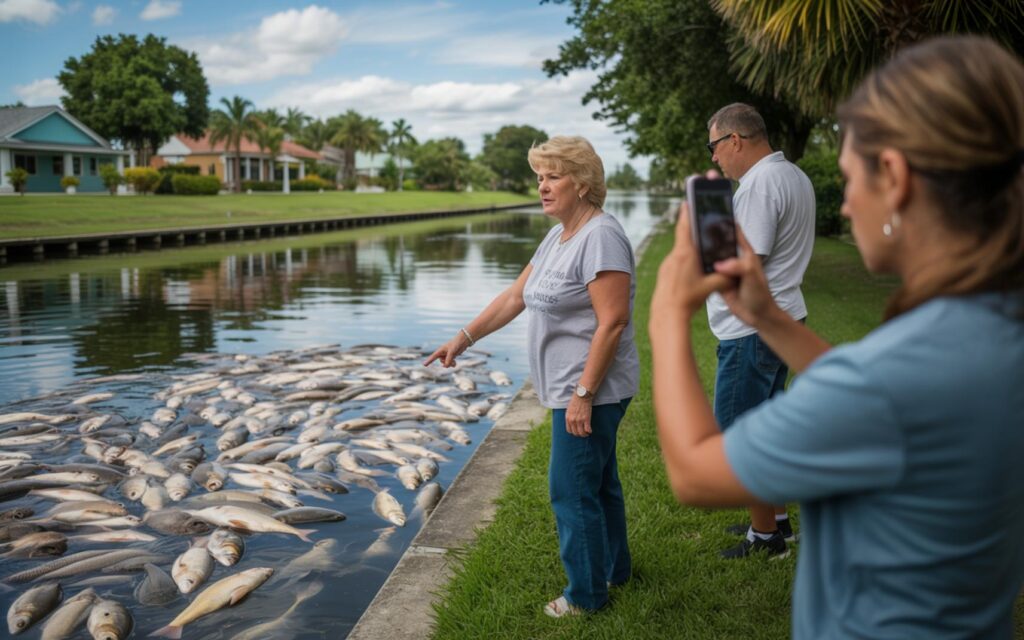Typhoon Slams Shanghai: 94-MPH Winds Force 400,000 Evacuations
Shanghai, one of the most bustling metropolises in the world, has recently faced the wrath of a powerful typhoon, shaking the city to its core. This natural disaster brought hurricane-force winds of up to 94 miles per hour, prompting the evacuation of over 400,000 residents. As the city grapples with the aftermath, here’s a closer look at the unfolding events and their impact on the region.
The Unseen Force of Nature
When news of the typhoon’s trajectory first broke, the city’s emergency response teams jumped into action. **Typhoons are not uncommon** in this part of the world, but the ferocity and speed with which this storm approached took many by surprise.
Details of the Storm
- **Wind Speeds**: The typhoon brought sustained wind speeds of 94 mph, with gusts reaching even higher velocities.
- **Evacuations**: Over 400,000 people were evacuated from their homes to prevent loss of life and reduce injuries.
- **Damage**: Reports indicate significant damage to infrastructure, including power outages, flooding, and building collapses.
- **Response**: Emergency services were deployed to assist in the evacuation and provide essential support to those affected.
The City’s Response
The efficiency of Shanghai’s response to the typhoon can be largely attributed to its well-documented disaster preparedness plans. Here’s how the city managed such a colossal task:
Advance Warnings and Precautions
Shanghai’s meteorological department provided **early warnings** about the typhoon, allowing city officials to prepare in advance. Public announcements were made, urging residents to seek shelter and prepare for the worst. The evacuation plan was systematically executed, ensuring minimal chaos and confusion among residents.
Emergency Shelters and Resources
Emergency shelters were set up across the city, providing safe havens for those evacuated. Equipped with essential supplies such as food, water, and medical aid, these shelters were crucial in maintaining public safety. **Coordination among city agencies** and volunteers was key to the effectiveness of this operation.
Impact and Aftermath
While the city may have been prepared, the destructive force of the typhoon left a significant mark. **Flooding, power outages, and property damage** have been reported extensively. Recovery efforts are now underway, with residents and officials working collectively to restore normalcy.
Economic Consequences
The economic impact of such a disaster cannot be overlooked. Businesses have experienced disruptions, and the cost of repairs and rebuilding is expected to be substantial. Local authorities are assessing the full scale of the damage while planning long-term recovery strategies.
Community Resilience
Despite the devastation, the spirit of Shanghai’s community remains unbroken. Neighbors are helping each other, and the city’s robust infrastructure is facilitating a swift recovery. **The resilience and unity of Shanghai’s residents** are a testament to their strength in the face of adversity.
Looking Forward
As Shanghai recovers from this harrowing ordeal, the focus is now on rebuilding and strengthening the city’s defenses against future storms. Climate analysts suggest that **increased frequency and intensity of such natural disasters** could be anticipated due to changing global weather patterns.
Preventative Measures
City planners and environmental scientists are now exploring **long-term solutions** to mitigate the impact of future typhoons. Strengthening building codes, improving drainage systems, and enhancing early warning systems are some of the measures being considered.
A United Effort
It will require a united effort from both local and international communities to ensure that Shanghai, and other cities like it, are better prepared for whatever nature throws their way. Through sharing knowledge and resources, we can hope to see a future where the impact of such natural disasters is significantly reduced.
**Stay informed and stay prepared** – these are the key takeaways from the recent events in Shanghai. By understanding the risks and taking proactive measures, communities worldwide can better protect themselves against the unpredictable forces of nature.

































